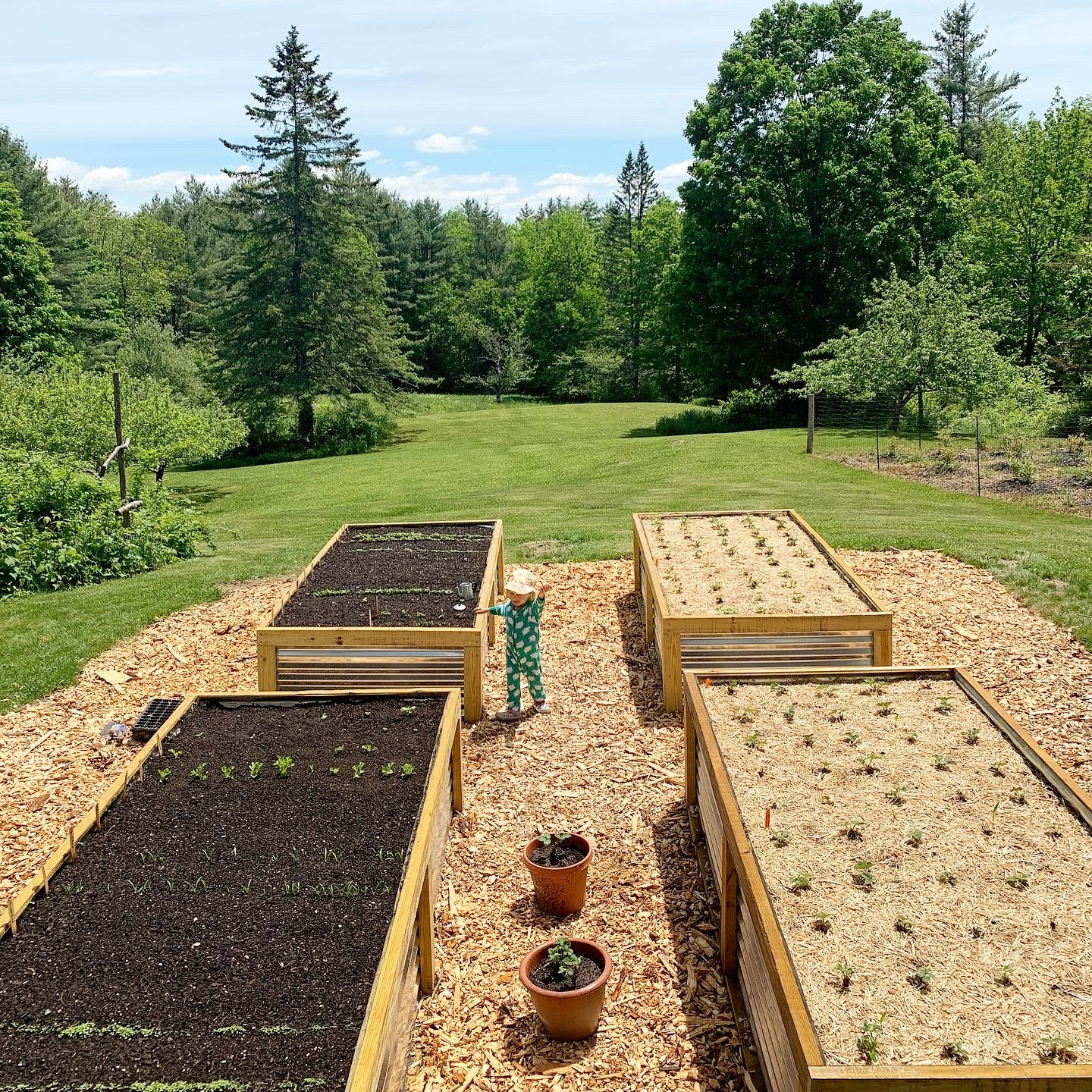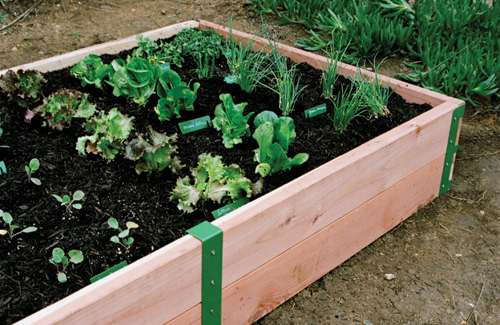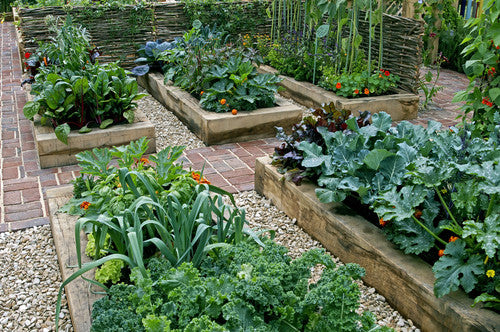Organic and Sustainable Practices for Homestead Gardening
Discover the Keys to Producing a Productive and lovely Horticulture Area
Developing a stunning and efficient horticulture space is not merely a matter of planting veggies and flowers; it requires a tactical method that incorporates different essential aspects. From choosing the right location based on sunlight and soil type to attentively making your format and selecting ideal plants, each decision plays a crucial role in the success of your yard.
Picking the Right Place
Picking the excellent area for your yard is essential to its success and overall visual appeal. The very first step in this process entails evaluating sunshine exposure, as a lot of plants call for at least 6 hours of direct sunlight daily (Homestead Gardening). A south-facing yard usually gets one of the most light, while shaded locations can restrain development and flowering
In addition, consider soil quality and drainage. Well-draining soil is necessary to avoid water logged origins, which can bring about plant diseases. Performing a dirt examination can offer valuable information relating to pH degrees and nutrient content, enabling you to change the soil accordingly.
In addition, proximity to water resources is one more aspect to consider - Homestead Gardening. Having simple accessibility to a pipe or watering system can streamline the watering procedure and motivate regular plant treatment. Wind security is also vital; placing your yard near structures, such as fences or walls, can secure it from severe winds that might harm fragile plants
Last but not least, consider availability for maintenance and harvesting. A well-placed garden permits practical gain access to, ensuring that you can conveniently have a tendency to your plants without triggering undue tension or disruption. Thoughtful location choice lays the structure for a thriving garden.
Selecting Plants Wisely
When picking plants for your yard, it's vital to think about aspects such as environment, soil conditions, and personal choices to guarantee a effective and unified space. A complete understanding of your regional climate will guide you in choosing plants that thrive in your particular environment. Picking drought-resistant ranges is valuable in arid regions, while moisture-loving species might be more suitable for areas with high rainfall.
Soil conditions are similarly essential; conducting a dirt examination can disclose pH degrees and nutrient content, permitting you to select plants that will certainly grow. Native plants are often a superb option, as they are generally well-adapted to neighborhood dirt types and require less maintenance.
In addition, consider your gardening goals. Are you going for a decorative screen, a veggie garden, or maybe a combination of both? This will influence your selections substantially. Lastly, assess your personal preferences-- picking plants that resonate with your visual preferences will certainly boost your enjoyment and commitment to preserving your garden. By meticulously reviewing these elements, you can develop a diverse and thriving plant option that elevates your gardening experience.
Designing Your Yard Layout
With an attentively picked plant choice in hand, the next step is to create a garden format that takes full advantage of both elegance and functionality. Begin by examining the readily available area, thinking about aspects such as wind, sunshine, and shade patterns. A tactical layout should integrate different areas, including areas for planting, pathways, and possibly seating.
Begin with bigger plants or centerpieces, such as trees or high perennials, put strategically to create aesthetic passion. Layer smaller sized plants in front to enhance depth and structure. Take into consideration the development habits of your selected plants; taller selections need to be positioned at the back or facility of beds, while shorter ones can line the sides.
Integrating pathways not only helps with access for upkeep yet likewise welcomes exploration. Usage materials that complement the garden's total visual, whether timber, crushed rock, or stone chips.
In addition, consider seasonal adjustments and how your design will look throughout the year. Including evergreens along with seasonal blossoms can ensure year-round charm. Inevitably, a well-designed garden layout balances the all-natural beauty of plants with sensible factors to consider, resulting in a space that is both welcoming and productive.
Enhancing Soil Wellness

To enhance dirt health and wellness, begin by performing a dirt a fantastic read test to assess pH levels, vitamins and mineral web content, and soil structure. This will educate your changes. Incorporate natural matter such as garden compost, well-rotted manure, or fallen leave mold to boost soil structure, water retention, and microbial task. In addition, practicing plant rotation can avoid nutrition exhaustion and decrease insect and illness stress.
Mulching is an additional efficient method; it not just conserves moisture however additionally reduces weeds and gradually enriches the soil as it damages down. Avoiding excessive husbandry is crucial, as it can interrupt dirt framework and damage valuable organisms. Rather, adopt no-till or very little tillage practices to preserve soil integrity.

Maintaining Your Garden Successfully
A well-maintained garden is a resource of pride and productivity, requiring regular attention to ensure that plants thrive and the landscape remains inviting. Reliable yard maintenance involves numerous crucial methods that enhance the health of your plants and the overall visual of your space.
Regular watering is important; however, it is very important to customize your watering timetable based on the details needs of your plants and regional environment conditions. Mulching can help keep dampness, reduce weeds, and control dirt temperature level. Prompt weeding protects against competition for nutrients and resources, making sure that your plants thrive.
Trimming is another vital job. It motivates healthy and balanced development, removes diseased or dead branches, and shapes plants to preserve an enticing structure. Additionally, monitoring for diseases and parasites is important; early discovery and treatment can conserve your plants from significant damage.
Fertilization needs to be carried out thoughtfully, utilizing natural choices whenever possible to promote long-lasting dirt wellness. Finally, seasonal jobs such as growing, separating perennials, and preparing for winter will guarantee your garden continues to be vibrant year-round. By following these techniques faithfully, you can cultivate a yard that is both lovely and efficient.
Conclusion
Choosing an appropriate area with adequate sunlight, choosing ideal plants, making a cosmetically pleasing layout, improving dirt wellness, and making sure normal maintenance are crucial parts. By incorporating these methods, one can grow useful link a prospering garden that not just improves the landscape yet also promotes environmental equilibrium and sustainability.
From selecting the right area based on sunshine and soil kind to attentively creating your layout and choosing appropriate plants, each decision plays an essential duty in the success of your garden. Well-draining soil is essential to stop waterlogged roots, which can lead to plant illness.When choosing plants for your garden, it's crucial to think about variables such as environment, dirt problems, and personal preferences to make sure a harmonious and productive room. Eventually, a well-designed yard format harmonizes the all-natural beauty of plants with functional factors to consider, resulting in a room that is both inviting and effective.
